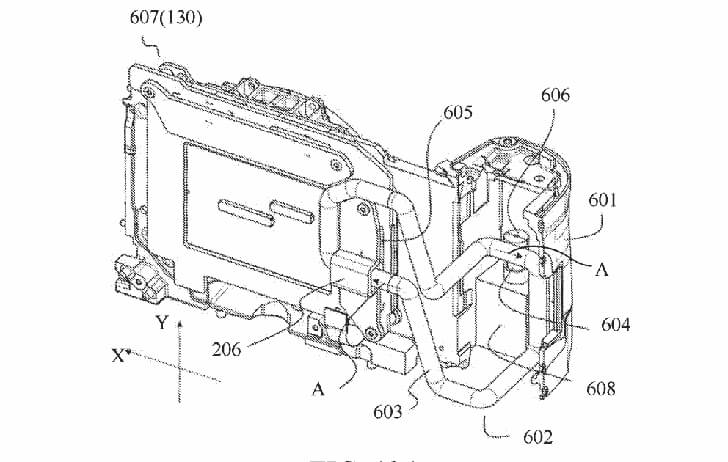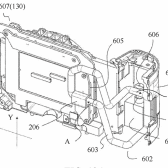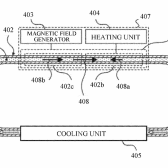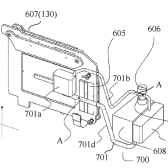Keith over at Northlight Images uncovered a pretty cool patent pertaining to cooling of camera bodies. A lot has been discussed about this topic over the last couple of years.
This patent shows Canon using magnets to pump the liquid through the cooling tubes, which I would think, would make this type of active cooling silient, unlike internal cooling fans. This would also do a much better job of bringing the internal temperatures down that simply using copper heatsinks.
Cooling of camera bodies is going to be an area a lot of resources are going to be poured into we think. Especially with consumer 8K, high-resolution and high-speed cameras becoming more common, and they're only going to get faster and more capable in the future.





Camera cooling is the future as the tech advances. A liquid cooled camera is a much more elegant solution than a fan. Some say the fan on the R5C doesn't add a lot. I can see what they mean as it does feel the same in hand, but the added bulk is noticeable. And it's a much tighter fit in some of my camera bags.
More importantly, cooling is going to be critical for the higher resolution/higher framerate capturing modes. What I'm most hopeful for, are codecs with a much more aggressive form of compression, which adds more processing and heat, so we can get file sizes down. I've also noticed tests that show that the R5C's image is better than the R5 especially at higher ISO. I suspect the cooling has to do with that. Makes sense since heat adds noise.
Remeber anything not related to the primary idea of the patent is just padding to show examples of the main idea in use.
There have been a steady stream of shutter/readout related ones over recent years, but the patents are too complex and specific for me to quickly summarise in posts.
In theory, more processor effort will produce more heat (apples to apples) but this could be offset by the non-use of the CFe card which is a big heat generator in itself
Vapor pipes might be more useful in this application, because these don't require moving parts and as far as I remember, they can actually transfer more heat than pumped liquid cooling.
Vapor pipes are also a fully passive cooling solution, so they won't impact battery life.
Unless Canon prefer to use a portable 2 Kw. Honda 4 stroke power generator.